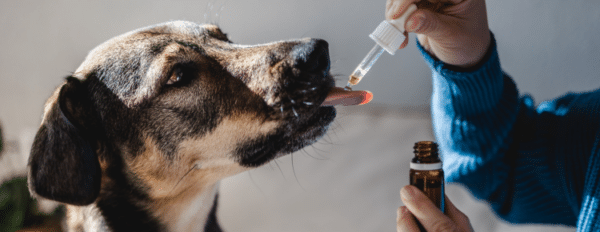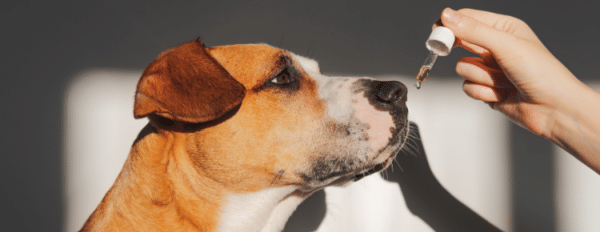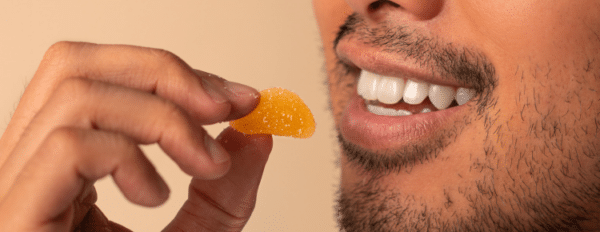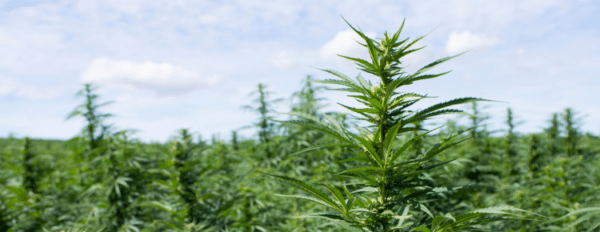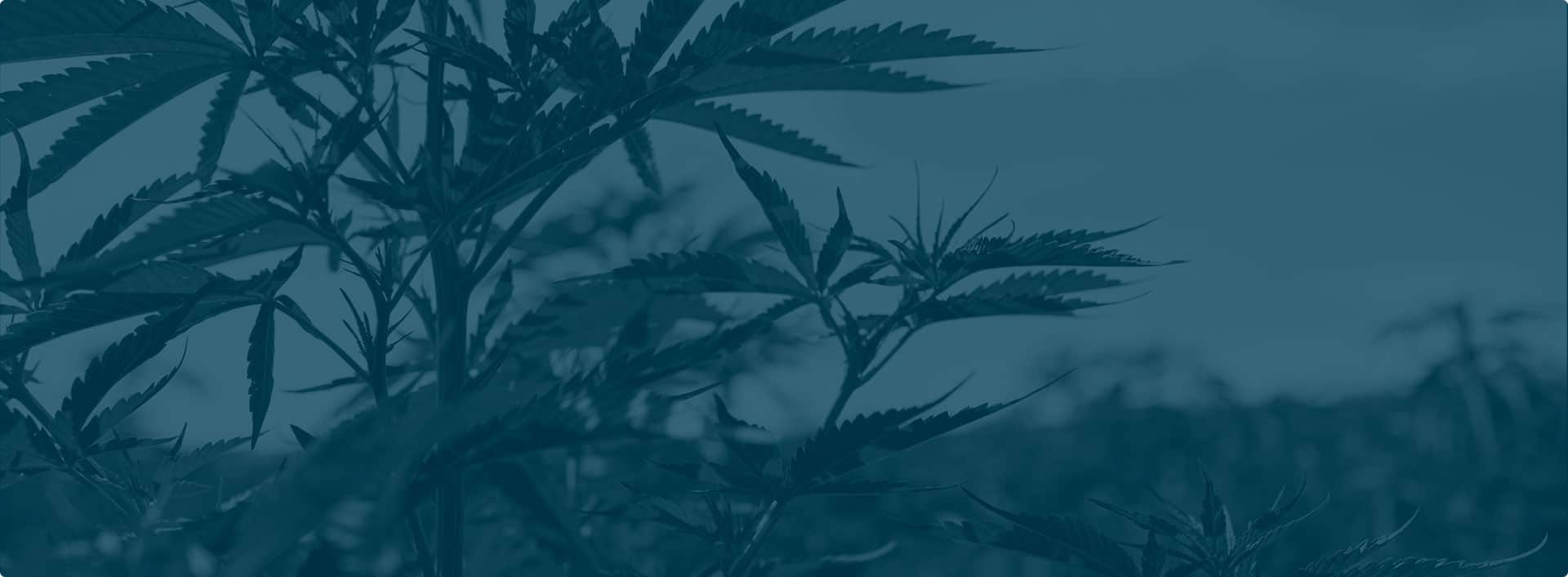In the early 2010s, the rest of the United States turned to Colorado as an example of the potential success of cannabinoid commerce. Similarly, Europe is now looking to the United States as an example of how to mainstream cannabinoids into the everyday lives of shoppers.
There’s no reason to overstate the situation, and on the contrary, honesty helps the most: European CBD is not the sister of the American market that many hoped it would be by now. Where some see delays, though, others will envision persistent opportunities.
Just because European CBD hasn’t grown the way we expected doesn’t mean it isn’t growing. Where there’s growth, there’s an opportunity — learn the best approaches to the still-hesitant European market in this guide.
Overview of European CBD
Despite being host to many distinct cultures, Europe has politically aligned with the United States since the formation of the North Atlantic Treaty Organization (NATO) after the events of World War II. As a result, most political movements that gain steam in the USA echo across the Atlantic — albeit, often in miniature.
The UK was one of the first major European powers to accept CBD. Once Germany, considered by most to be the de facto head of the European Economic Area (EEA), also gave the green light to hemp-derived cannabinoids, it wasn’t long before the entire EEA began accepting CBD products with less than 0.2% THC — with a few exceptions, of course.
Some EEA nations, including Scandinavian countries Norway and Sweden, do not allow CBD products across their borders that contain any detectable traces of THC. Such complexities are simply to be expected from the immensely multifaceted European market, which spans dozens of cultures and biomes while crisscrossing a fractal patchwork of perpetually revised national names and borders.
History of CBD in Europe
European CBD remained in a gray area for a number of years after its (somewhat) official acceptance in the United States in 2014. The first CBD products became available in the UK sometime circa 2016, but they were often sold outside of existing regulatory capacities amidst a seeming disinterest among domestic law-enforcement agencies.
The UK is the most USA-aligned nation in Europe, which it demonstrated during the Brexit movement of 2016. As CBD became popular in the UK, the phenomenon began spreading into nearby EU nations, prompting the attention of France, Germany, and other major economic powers.
By 2018, the UK had approved medical CBD for a handful of conditions, simultaneously giving an indirect nod to the CBD general market. Products containing less than 0.2% THC generally were now given a pass as the nation sought to establish more-comprehensive cannabinoid legislation.
That legislation has still yet to materialize, but the EU has moved on ahead without the UK. Bulgaria was the first EU nation¹ to officially allow general-market CBD commerce in 2019, and most other EU countries rapidly followed suit.
The current situation
Do not mistake the current stance of laissez faire acceptance of CBD in Europe for a definitive ruling on the matter. Though it likely would not admit it frankly, the EU is almost certainly waiting for the US to say anything truly definitive on the subject of CBD, an event the whole world has been eagerly anticipating for nigh-on a decade.
In the meantime, the most likely possibility is that the European Commission has simply deemed CBD too complicated to either fully regulate or fully ban. Individual member nations appear to be doing fine with the current situation even if it remains somewhat undetermined. There is not currently considerable impetus to change anything — until the US makes the first move, that is.
The latest Prohibition Partners data
As bureaucrats debate in the background, average Europeans are cautiously exploring the international, massively diverse CBD market that has suddenly emerged in EEA countries. Put simply, Europeans haven’t yet incorporated CBD into their daily habits as fully as Americans, but all evidence indicates that they’re well on their way:
– Major impediments to CBD industry growth have disappeared
– Europeans are producing CBD products that rival American quality
– Average people know what CBD is and are open to trying it
– Perspectives on cannabinoids continue to evolve throughout Europe
To add some solidity to our statements, we’ll look at the latest data from cannabis market analyst Prohibition Partners. Just published in January 2023, a report² shows that Europeans are certainly exploring the cannabinoid even if it might be some time before CBD adoption levels equalize between American and European markets.
The Prohibition Partners report focused on one specific metric of CBD use: Frequency among existing users. Put another way, Prohibition Partners wanted to know how often European CBD users use CBD. Here’s what they found out:
– 16.4% use CBD once or more per day
– 12% use CBD twice or more per week
– 11.5% use CBD at least once per week
– 12.4% use CBD at least once per month
– 14.4% use CBD every few weeks
– 33.2% only use CBD infrequently
Comparison to the American market
There are no exact, direct comparison sets of data to use when judging the differences between American and European CBD use patterns. In 2020, however, New Frontier Data released a report³ that provides roughly comparable results, but in regards to American CBD users:
– 21% use CBD once or more per day
– 19% use CBD at least once per week
– 17% use CBD at least once per month
– 18% use CBD every few weeks
– 25% only use CBD infrequently
At a glance, more American CBD users enjoy the cannabinoid on a daily basis in the United States, and fewer use CBD infrequently. The Prohibition Partners splits respondents into six cohorts while the New Frontier report only has five, so the results are not directly comparable.
It’s also worth noting that the European data provided by Prohibition Partners is three years newer than Frontier’s American results. If recent trends are any consideration, it’s almost a certainty that CBD has reached considerably greater acceptance in the United States over the last three years.
What CBD use frequency means
In big-picture terms, how does CBD use frequency translate into overall sales and market growth? Put as simply as possible, the more CBD people use, the more they will buy. CBD use frequency is, therefore, one of the key drivers supporting overall CBD market growth, which is, in turn, the primary determiner of profit capacity.
How frequently a single CBD user repurchases the cannabinoid has little impact on the future of a region’s cannabinoid industry. If all CBD users in a given region repurchase cannabinoid products at a considerably greater rate, however, growth of the CBD industry in that region will swell rapidly.
Making CBD an integral product
The goal, then, is to help European CBD customers catch up to American use frequency. Inherent cultural differences may make exact equity in this regard impossible, but there are certainly effective methods for gently encouraging Europeans to use CBD more often:
Express the benefits
Despite their origination in Eurasia, cannabis and cannabinoids are often seen as an American phenomenon in Europe. Predominantly culturally conservative throughout America’s mid-century transformation, Europeans have traditionally held a skeptical view toward cannabis.
Today, individuals marketing CBD in both regions might find Europeans at once more skeptical and less educated regarding CBD. That’s a reflection of the relative lack of prevalence of CBD in Europe combined with a culture that still largely views anything that comes out of cannabis as a drug.
It is very important, as a result, to express all the benefits of CBD to Europeans with the utmost clarity — especially the cannabinoid’s lack of intoxicating properties.
Explain superiority over competing products
As once was (and, in some ways, still is) the case in the United States, many Europeans simply don’t understand why they should use CBD instead of ibuprofen, melatonin, or other non-prescription products they rely on daily. Europeans are even more enthusiastic about natural and organic products than Americans, though, making it imperative to point out how CBD is an all-natural, plant-derived substance that interacts with your system gently and mildly.
Stress affordability
CBD has something unavoidable going against it in Europe — socialized medicine. In many European countries, pharmaceutical medications are free to the consumer (or nearly so) while CBD products are usually only purchasable out of pocket.
Europeans must, therefore, be convinced that CBD is superior enough to their existing medical and relaxation solutions to be worthy of the increased cost. As long as it is done delicately, you can even use CBD’s outlier status to your advantage by pointing out that it simply is not available through government-subsidized means of acquisition.
Normalize European CBD
Perhaps, in the end, much of the reticence Europeans have shown towards CBD comes from a feeling of lack of ownership. CBD is a seemingly American phenomenon, and they aren’t sure if they should partake.
The brands that succeed in Europe will be those that make CBD European. When it comes to CBD, Europeans don’t want the unfamiliar and the different. They want safety, affordability, and reliability.
Understanding and respecting the European market
It is a distinctly American mistake to assume that cultural values in Europe and America are the same. On the whole, Europeans are proud of their often-ancient cultures and aren’t keen to be lectured on the art of life by those from relatively newer societies, such as the United States.
When the benefits of CBD are expressed to Europeans, it should be done so in the same way you would tell a friend who has been away about recent developments at home. Friendliness goes a long way, but assuming too much will turn a friendly Euro encounter into unexpected culture shock.
As an example of how to set the proper mood, keep in mind that the Cannabis sativa plant itself originated in Eurasia. People of the Old World have been cultivating and preparing cannabis in extracts for uncounted millennia.
Just because contemporary Americans have learned how to isolate and industrialize cannabinoids does not make cannabis any less a plant of European heritage. Today’s Europeans might simply be reminded that many great powers must break away from their points of origin to reach full fruition — powers, perhaps, even as great as cannabis and its priceless cask of cannabinoids.
Sources
1. Hasse, J. (2019, May 23). This EU Country Has Become The First To Allow Free Sale Of CBD. Forbes. https://www.forbes.com/sites/javierhasse/2019/05/23/this-eu-country-has-apparently-become-the-first-to-allow-free-sale-of-cbd/?sh=3fc6a34936c9
2. The European CBD Report: Health & Wellness | Reports | Prohibition Partners. (2023, February 10). Prohibition Partners. https://prohibitionpartners.com/reports/the-european-cbd-report-health-and-wellness/
3. New Frontier. (n.d.). 2020 U.S. CBD Report. https://newfrontierdata.com/cannabis-insights/frequency-of-use-among-u-s-cbd-consumers/


